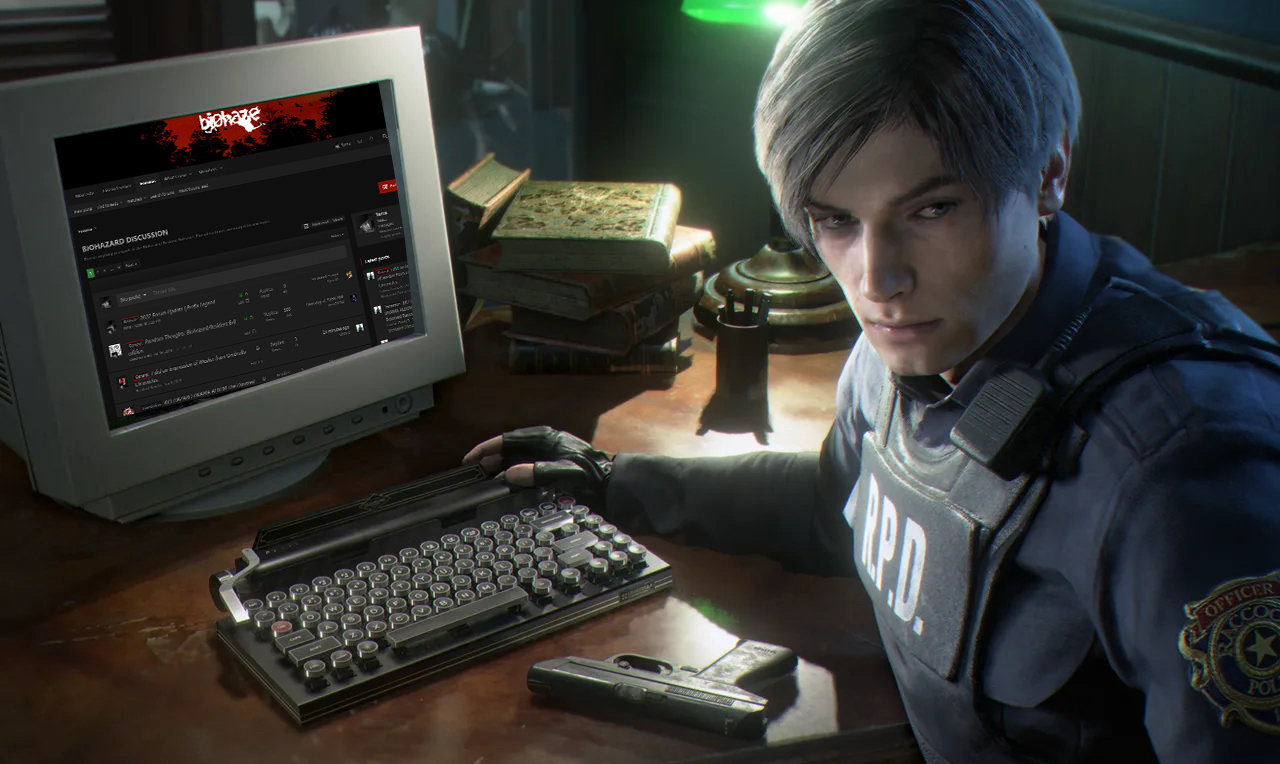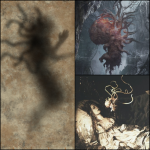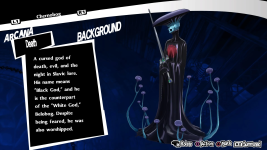Today I discovered the writer Volkhv Bogumil, who has written a series of works about Slavic myths, which include the study of sources about Chernobog and attempts to reconstruct myths about this Slavic god of evil and misfortune.
I don't have the opportunity to buy these books yet, but I read the demo and it rang the bell for me.
According to his reconstruction, and he treats it as such, Chernobog refers to a dualistic myth, that is, the myth of the universe as a unity of opposite phenomena, such as good and evil, light and darkness, etc.
In this context, the dark demiurge is either the co-creator of life together with the White God, Belobog, or the sole creator. But this role of the co-creator was belittled with the influence of Christian mythology.
Bogumil wrote that the Black God is associated with inaction, for which Russian and Ukrainian sources blame the Devil, because he is trapped. Thus Chernobog is removed from the world and is not directly involved in the history of mankind.
But being the lord of the afterlife, the demiurge takes the souls of deceased people, and also influences people of progress, such as scientists and pioneers, and his servants, such as witches, in order to increase entropy and thus bring the end of time closer, when Chernobog will be able to break out of imprisonment to erase the world for its next renewal.
"Scientists, fanatical and insane, like Chernobog, are driven by tireless curiosity, a desire to do something new, to change the world for the better. Yes, it is they who will destroy the world, all in exact accordance with the plans of the Black God: they will release an unkillable virus, create another weapon of universal destruction, they will be able to reproduce a black hole in laboratory conditions… You never know what. There are almost an infinite number of options. This will be a real, myth-described, solemn or triumphant exit from the captivity of Chernobog, the beginning of the end…"
This is so ominously in tune with the story that Resident Evil Village tells, that if this is a coincidence, then one of the most amazing for sure.
UPD: Chernobog is also present in the Persona series:
View attachment 2011
Just look at this fungal design.






